
Nov 4, 2025 • 15 min read
A lifelong fan traces the geography of devotion, finding salvation and home in Patti Smith's concerts across the world.

Nov 4, 2025 • 15 min read
A lifelong fan traces the geography of devotion, finding salvation and home in Patti Smith's concerts across the world.

Nov 4, 2025 • 4 min read
Listening bars are not about turning it up but turning down. Immerse yourself in the music – and the scene – at these New York City venues.

Nov 4, 2025 • 4 min read
Each season fills Amsterdam with new colors and experiences. Here's how to pick the perfect time for your budget and needs.

Nov 4, 2025 • 12 min read
El Salvador is the wildcard of Central America, but this small nation offers an abundance of cultural and natural riches. Here are the best places to visit.

Nov 4, 2025 • 7 min read
From budget buses to pricier private transit, here are the best ways to travel around in Nicaragua.

Nov 4, 2025 • 7 min read
Have the perfect trip to Thailand with our top tips on planning, etiquette, health and safety.

Nov 4, 2025 • 7 min read
Essaouira is one of Morocco’s most enchanting corners. Here’s a guide on when to go, what to do and how much you’ll spend there.

Nov 4, 2025 • 12 min read
Put off the January blues in 2026 by booking an off-season experience in Europe.

Nov 3, 2025 • 6 min read
Whether you crave clear skies for stargazing, a cozy log fire to snuggle up by, or a hot springs soak, here are the best offbeat winter trips in the USA.

Nov 3, 2025 • 6 min read
Explore the Hungarian countryside, wine cellars built into hillsides and arty outposts on these delightful day trips from Budapest.
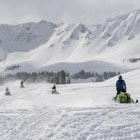
Nov 3, 2025 • 7 min read
Winter is a harsh but magical time to visit Montana. Big Sky Country is boundless when it comes to enjoying the cold and snowy season.

Nov 3, 2025 • 5 min read
From Australia and New Zealand, to the far-flung islands of the South Pacific, here are the best things to do in October and November.
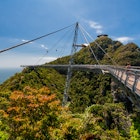
Nov 3, 2025 • 5 min read
There’s never a bad time to visit Malaysia – yet never really a dry one, either. Read on for our season-by-season guide.
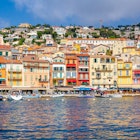
Nov 3, 2025 • 9 min read
While the Riviera might inspire thoughts of lazy summers, the winters offer festive carnivals, beautiful hikes and all levels of skiing.

Nov 3, 2025 • 7 min read
This Swiss canton abounds with icons: soaring peaks, charming valleys, warm and gooey AOP Raclette de Valais cheese and slobbery St Bernard dogs.
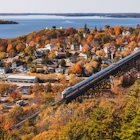
Nov 2, 2025 • 9 min read
Reach remote communities and see some of Canada's best landscapes on these long-distance train journeys.

Nov 2, 2025 • 7 min read
Capture that cozy Christmas feeling at these hotels while traveling during the holiday season.
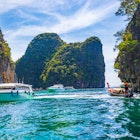
Nov 2, 2025 • 5 min read
Whether you are after sunshine, sea, seasonal ingredients or Songkran, these are the best times to visit Thailand.
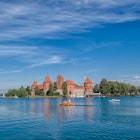
Nov 1, 2025 • 9 min read
Experience the best of Lithuania with our pick of the nation's top things to do.

Nov 1, 2025 • 5 min read
It's a myth that you have to spend a fortune to have a fun time on the slopes. Save your cash for après-ski drinks at these 8 budget options in Europe.

Nov 1, 2025 • 13 min read
Whether you're looking to enjoy the alpine wilderness, view marvelous palaces or take in some modern art, you'll find it all in Austria.

Nov 1, 2025 • 8 min read
Heading to Lucerne? Museums, concerts, lakeside dining and historical sites are among the top things to do in Central Switzerland’s biggest city.